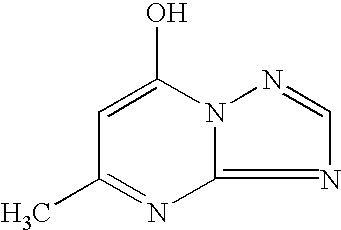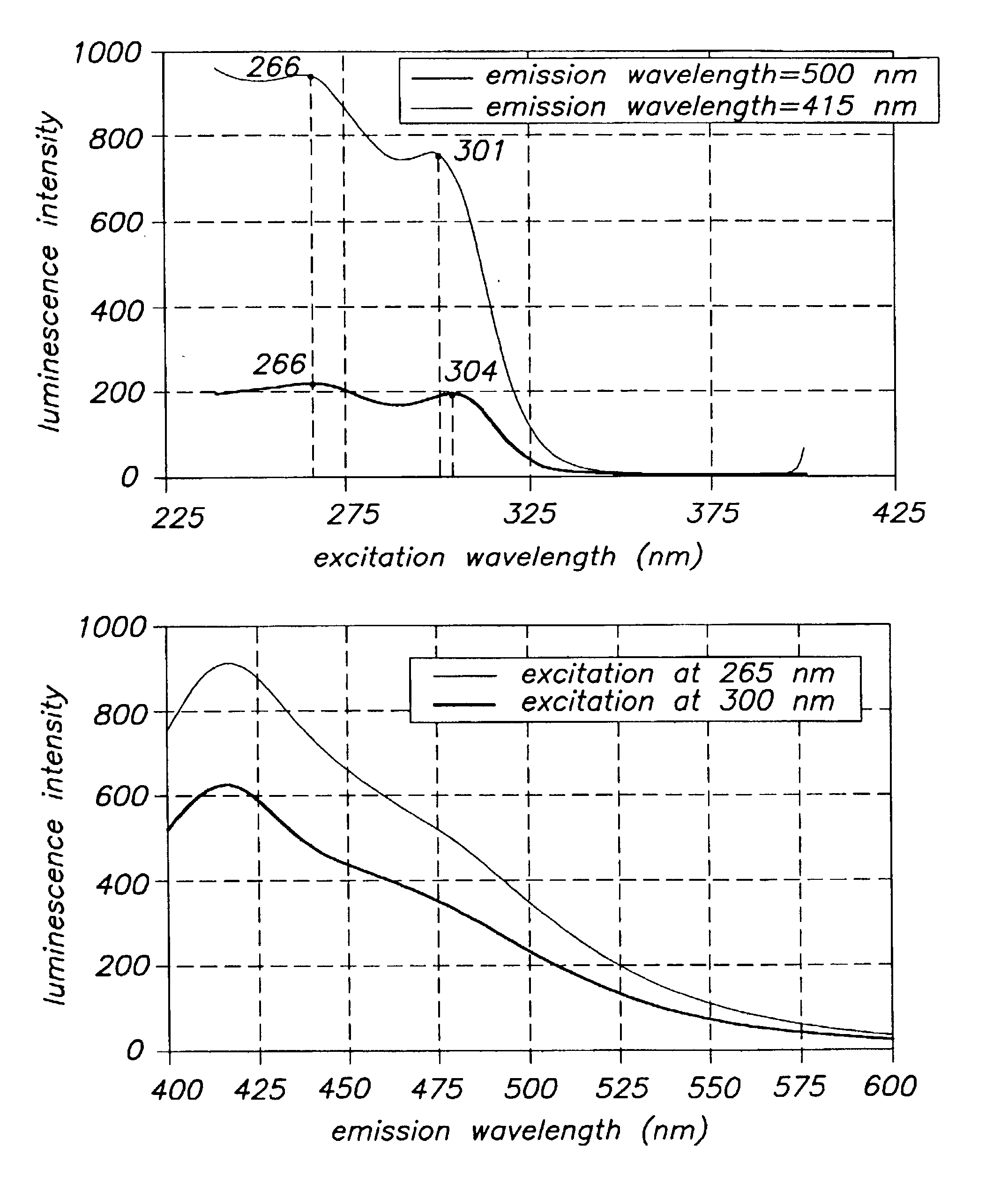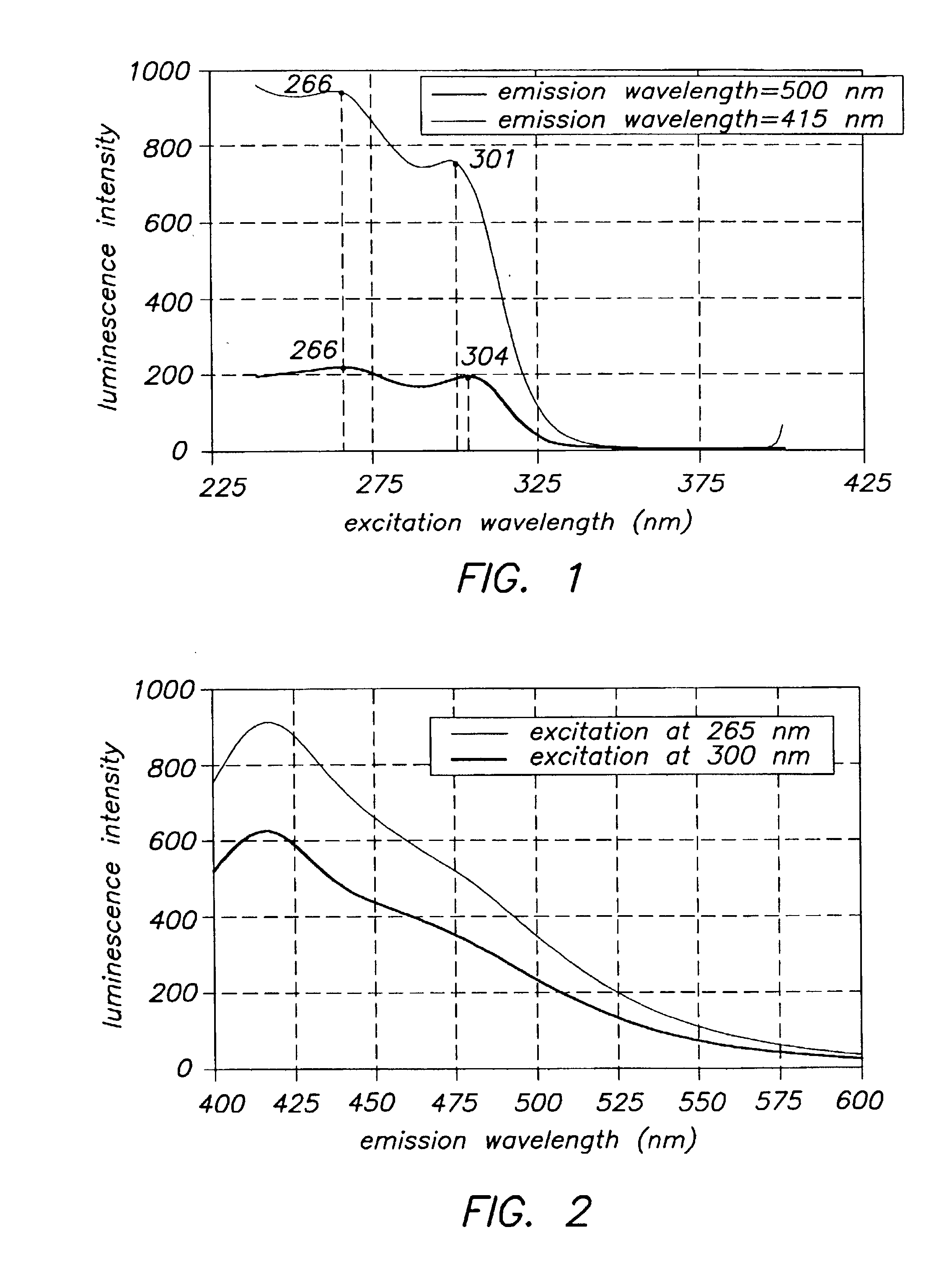Particular type of a thin layer inorganic light emitting device
a technology of inorganic light and particulate layer, which is applied in the direction of discharge tube/lamp details, discharge tube luminescent screens, discharge tubes/lamp details, etc., can solve the problem of low yield, low concentration of zns:cu dispersion in the fabrication of this device, and cannot be recommended for use. , to achieve the effect of easy manufacturing
- Summary
- Abstract
- Description
- Claims
- Application Information
AI Technical Summary
Benefits of technology
Problems solved by technology
Method used
Image
Examples
Embodiment Construction
Preparation of the ZnS Dispersion 1
The following solutions were prepared:
The ZnS dispersion was prepared as follows:
To solution 3, held at room temperature and stirred at 1500 rpm, solutions 1 and 2 were added simultaneously both at room temperature at a flow rate of 500 ml / min.
To 1000 ml of the resulting dispersion, 1000 ml of a 1% polyphosphoric acid solution was added and the dispersion was concentrated to 1000 ml by means of a Fresenius F60 cartridge. This dispersion was subsequently diafiltrated by using 5500 ml of a 1% solution of polyphosphoric acid solution in water. The dispersion was further concentrated to a volume of about 570 ml. This is dispersion 1.
Preparation of ZnS Dispersion 2
The following solution was prepared:
The ZnS dispersion was prepared as follows:
To solution 4, held at room temperature and stirred at 1500 rpm, solutions 1 and 2 were added simultaneously both at room temperature at a flow rate of 500 ml / min.
To 1000 ml of the resulting dispersion, 1000 ml of a...
PUM
| Property | Measurement | Unit |
|---|---|---|
| wavelength | aaaaa | aaaaa |
| particle size | aaaaa | aaaaa |
| particle size | aaaaa | aaaaa |
Abstract
Description
Claims
Application Information
 Login to View More
Login to View More - R&D
- Intellectual Property
- Life Sciences
- Materials
- Tech Scout
- Unparalleled Data Quality
- Higher Quality Content
- 60% Fewer Hallucinations
Browse by: Latest US Patents, China's latest patents, Technical Efficacy Thesaurus, Application Domain, Technology Topic, Popular Technical Reports.
© 2025 PatSnap. All rights reserved.Legal|Privacy policy|Modern Slavery Act Transparency Statement|Sitemap|About US| Contact US: help@patsnap.com



